Press Contact
SISU News Center, Office of Communications and Public Affairs
Tel : +86 (21) 3537 2378
Email : news@shisu.edu.cn
Address :550 Dalian Road (W), Shanghai 200083, China
Further Reading
INFOGRAPHIC | Do you really know AIDS, SISUers?
30 December 2019 | By enadmin | Copyedited by Li Lei
|
E |
ver since its debut in 1982, AIDS (Acquired Immune Deficiency Syndrome) has been a major public health problem faced by everyone on earth. First feared and curious, we’ve now turned less scared and become able to take a calm look inside the disease. December 1, as many of us know, is the World AIDS Day.
To most of us, AIDS seems quite faraway. But data tell us the opposite: every 4 minutes, a person was infected with HIV in 2017’s China. The number is still on the rise. We could no longer look the other way as we used to do, then here comes the problem: How much do we really know about HIV and AIDS? How to live, work and get along with the HIV-infected and AIDS patients?
Scientists have been working day and night to ease AIDS patients’ suffering, to break the spell human beings are under, and to alleviate discrimination and fear. However, “AIDS-phobia” is still common around the world, especially in China. In 2003, reports showed only 9% of Chinese people have correct and complete knowledge of AIDS. Ignorance leads to fear, and knowing is the first step of understanding and of equally treating the infected and patients.
We have gathered data and information from our survey and other official sources to present how SISUers and today’s society know about AIDS.
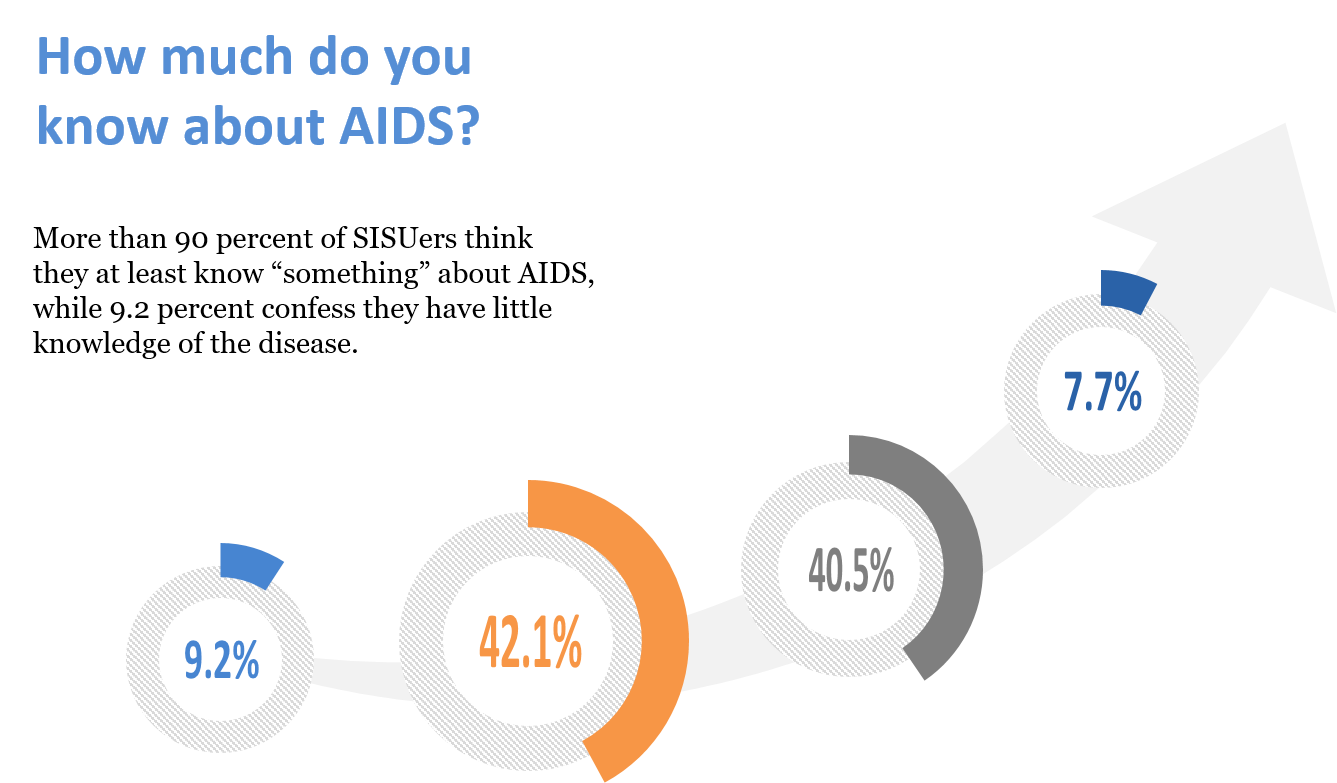

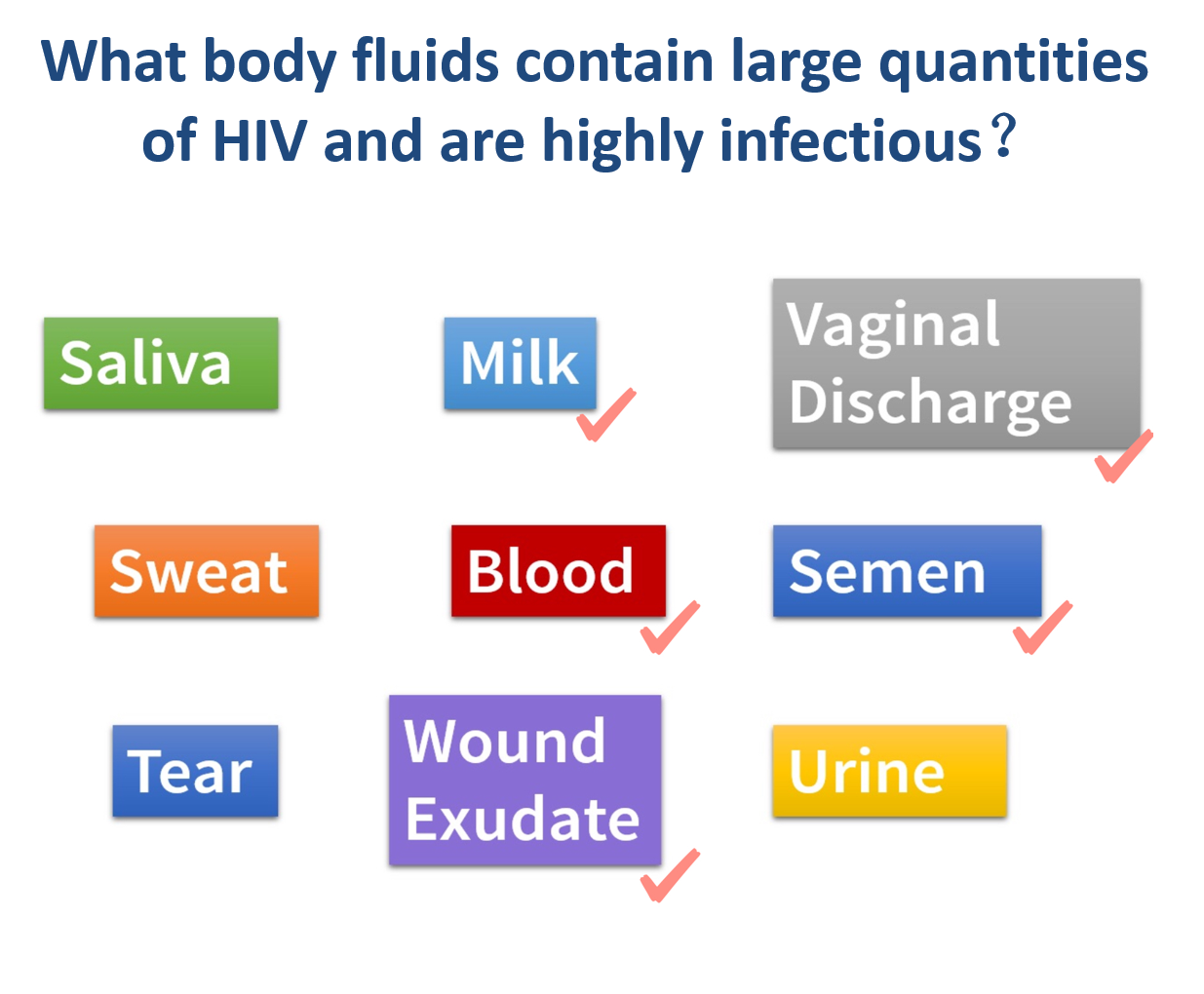

Data Source: China Centers for Disease Control and Prevention (CDC)’s monthly AIDS and Venereal Disease Report

13.3 percent of our respondents know that the average incubation period of AIDS is 8-9 years.
▶PEP
PEP (Post-Exposure Prophylaxis) means taking anti-retroviral medicines (ART) after being potentially exposed to HIV to prevent being infected.
PEP should be used only in emergency and must be started within 72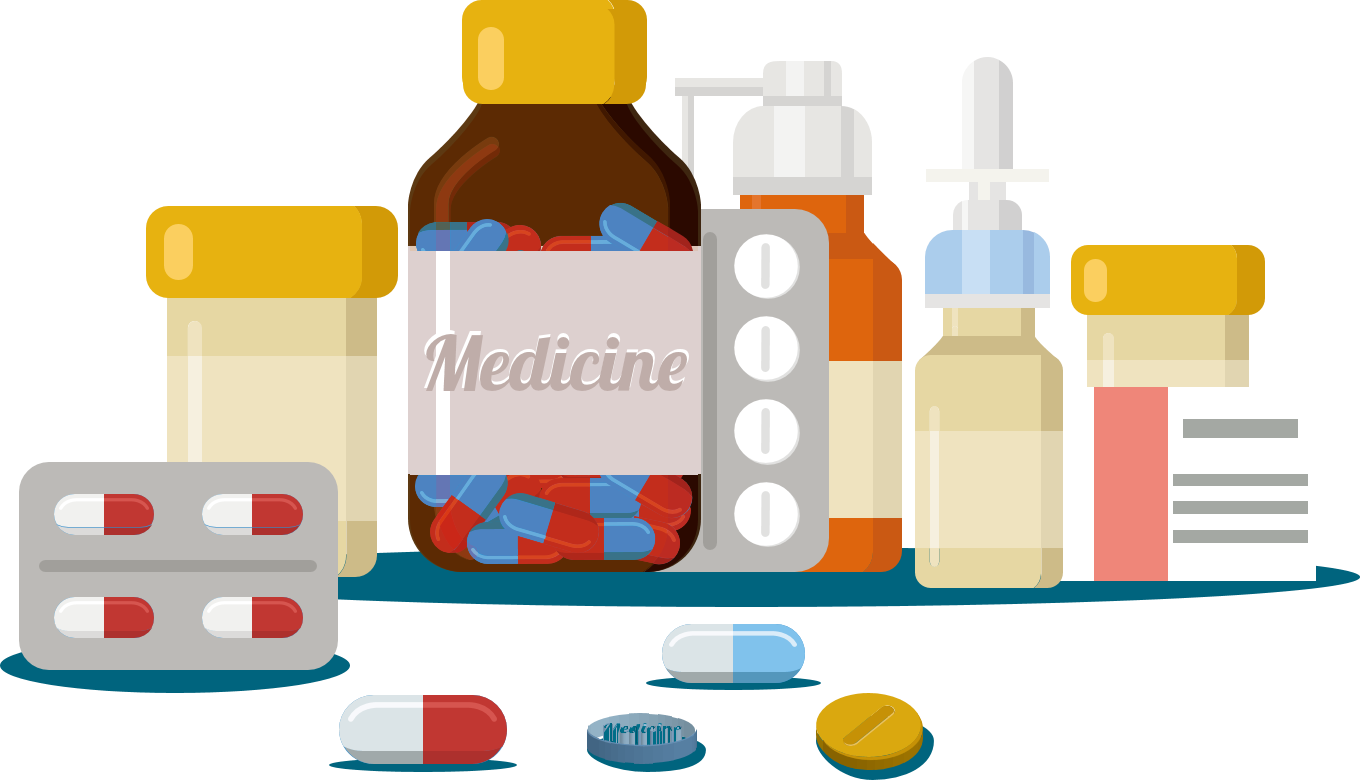 hours after a recent possible exposure to HIV.
hours after a recent possible exposure to HIV.
60.5% know there is medicine to prevent us from HIV.
Only 28.8% know correctly that the medicine should be taken in 72 hours after high-risk sexual behavior.
▶You WON'T be infected when...
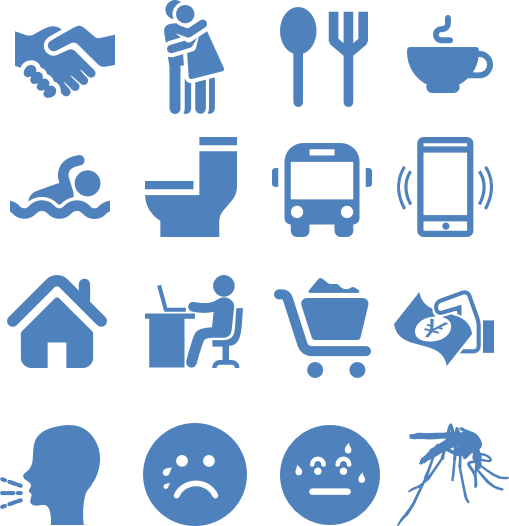 -shaking hands, hugging or having courtesy kiss
-shaking hands, hugging or having courtesy kiss
-eating or drinking together
-using public facilities like swimming pools, toilets, buses and phones
-living and working together
with the HIV-infected
or by shopping, exchanging coins or banknotes, coughing, sneezing, shedding tears, sweating or insect bites.
▶It is WRONG to think that...
-Once someone is infected with HIV, he/she is an AIDS patient.
Correct: An HIV-infected will not become an AIDS patient if he/she take medicine regularly. AIDS is the final stage of infection. It takes years, even up to a decade, for an HIV-infected to develop into an AIDS patient.
-A person will soon die after infected with HIV.
Correct: Early detection and treatment can delay the onset of the AIDS. Some infected with HIV can even live to their life expectancy. The final causes of death of AIDS patients are often incurable complications, which can be delayed or even prevented by treatment.
-HIV patients are all drug addicts, gay or those who have multiple sex partners.
Correct: In China, either heterosexual or homosexual unprotected sexual behaviors have become the major route of transmission of AIDS. HIV infection is not positively correlated with the number of sexual partners, but with education, knowledge of prevention and wealth.

According to the survey by Horizon Research, only 34 percent of the urban residents and 19 percent of the small town residents said they could get along with AIDS patients equally in workplace.

57 percent of urban residents and 45 percent of small town residents said they were willing to take care of their HIV-infected relatives.

According to CDC, there were 135,000 new HIV infections in China in 2017, while the number was 82,000 in 2012.
By June 30, 2018, there are more than 820,000 living AIDS patients and HIV-infected reported nationwide.

According to the CDC’s monthly AIDS and Venereal Disease Report, from 2012 to 2017, the number of sexually transmitted HIV increased, while the number of mother to child and blood transmitted HIV decreased significantly.
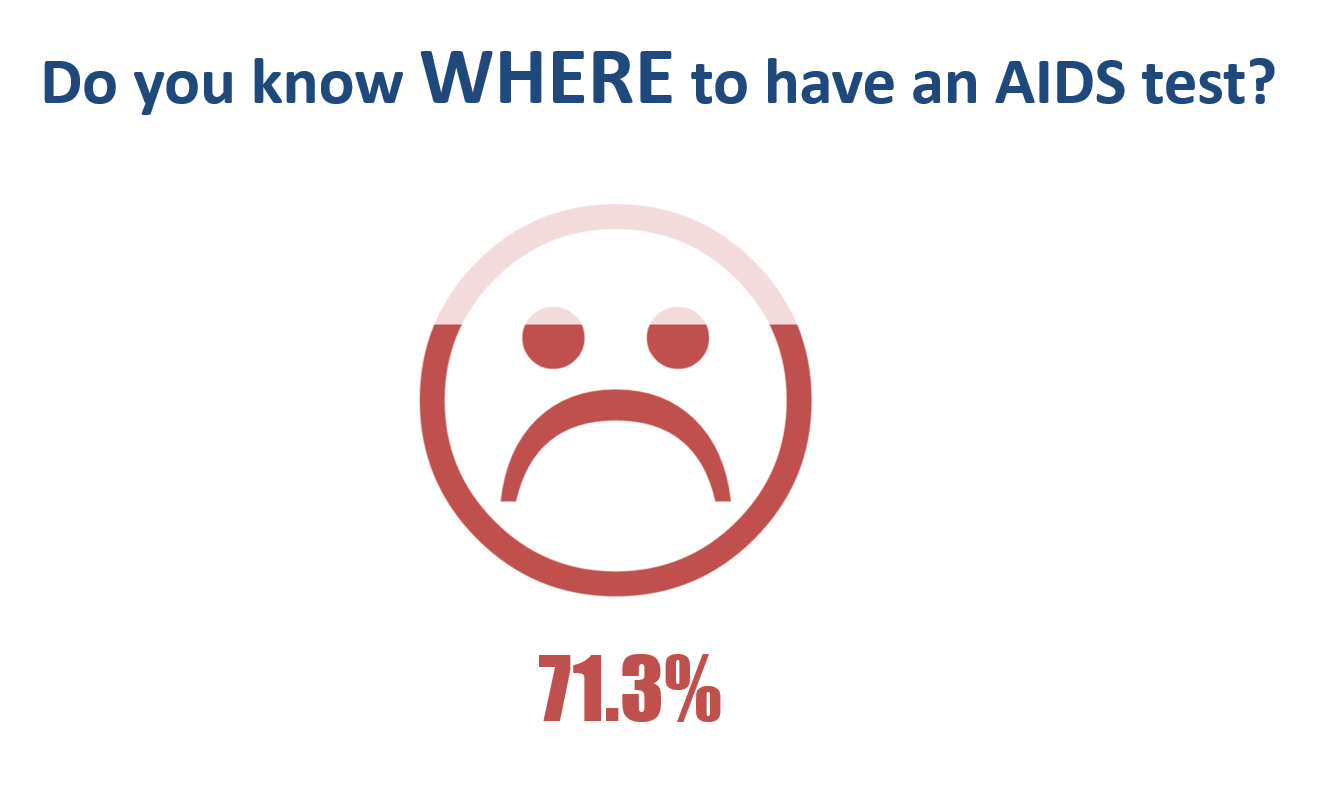
Free consultation and testing services are available at CDCs, hospitals, most basic medical institutions and maternal and child health centers.
▶Pre-Exposure Prophylaxis
Pre-exposure prophylaxis (PrEP) is that those at risk for HIV take daily medicine to prevent HIV. It can stop HIV from taking hold and spreading throughout body. PrEP is suitable for people at high risk of HIV infection. When taken on a daily basis, PrEP is highly effective for preventing HIV from sex or injected drug use. It is much less effective when it is not taken consistently.
▶Highly Active Anti-Retroviral Therapy
The most commonly used treatment of AIDS today is the Highly Active Anti-Retroviral Therapy (HAART). Through the combination of three or more antiviral drugs, the life span of life-long medicine users is basically the same as that of normal people.
HAART used to cost 10000 yuan(1430 US dollars) a month. By 2002, through the continuous improvement of AIDS experts, the cost had been reduced to 3000 yuan(440 US dollars) a month. China successfully produced its domestic version in 2009, cutting the fee to 480 yuan(70 US dollars) per month.
Press Contact
SISU News Center, Office of Communications and Public Affairs
Tel : +86 (21) 3537 2378
Email : news@shisu.edu.cn
Address :550 Dalian Road (W), Shanghai 200083, China

